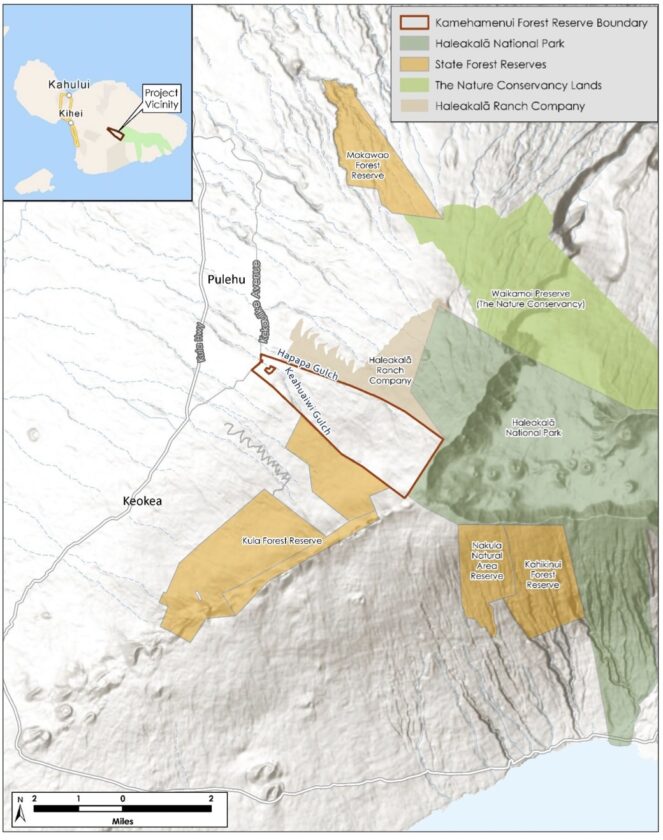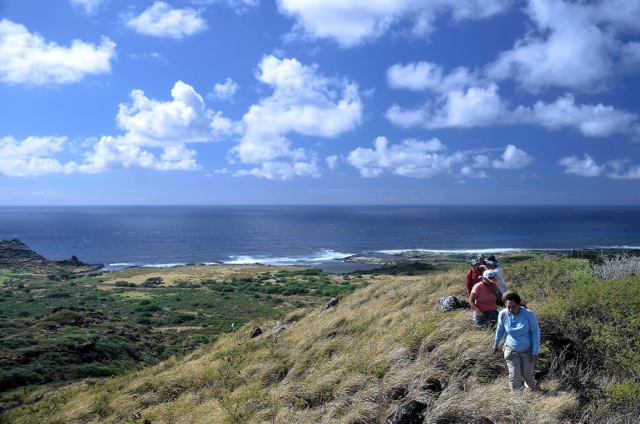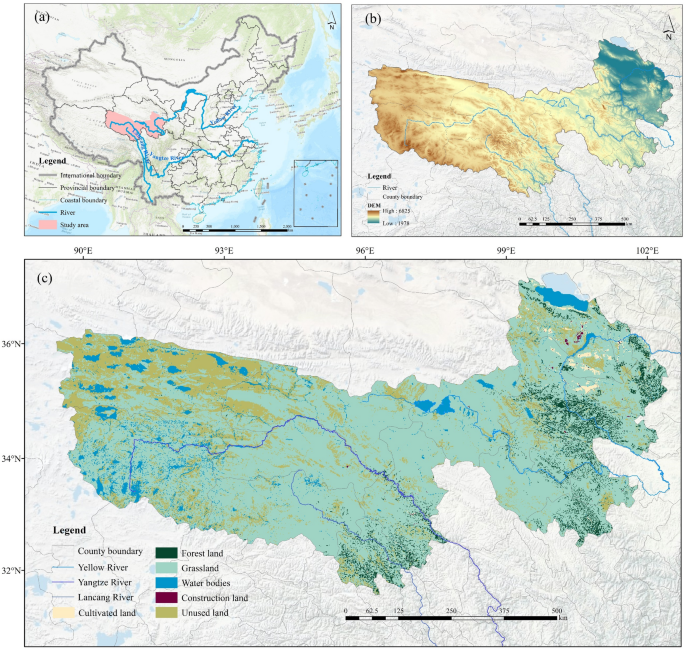Collaborative Conservation Efforts for Red-cockaded Woodpecker Reintroduction in Tennessee
Introduction and Alignment with Sustainable Development Goals
A multi-agency partnership is underway in Grundy County, Tennessee, to reintroduce the Red-cockaded Woodpecker (RCW), a species extirpated from the state in 1994. This initiative represents a significant contribution to the United Nations Sustainable Development Goals (SDGs), particularly SDG 15: Life on Land, by actively working to halt biodiversity loss and restore terrestrial ecosystems. The collaborative nature of the project also exemplifies SDG 17: Partnerships for the Goals, showcasing effective cooperation between state and federal bodies to achieve conservation targets.
Historical Context and Species Status
The decline and subsequent conservation efforts for the Red-cockaded Woodpecker are outlined by several key milestones:
- Native Status: The RCW was once a native species in Tennessee’s ecosystems.
- Extirpation: The species was declared entirely gone from the state in 1994 due to factors including habitat loss, fire suppression, and a declining population size.
- Federal Protection: The RCW was listed as endangered in 1970 and received formal protection under the Endangered Species Act of 1973.
- Improved Conservation Status: As a result of increased scientific understanding and successful reintroduction efforts in other parts of its range, the species’ status was downlisted from Endangered to Threatened in 2020.
Project Framework and Multi-Agency Partnership (SDG 17)
The success of this reintroduction project is founded on a robust partnership, a core principle of SDG 17. The primary stakeholders include:
- Tennessee Wildlife Resources Agency (TWRA)
- Tennessee Department of Environment and Conservation (TDEC)
- United States Fish and Wildlife Service (USFWS)
This collaboration reflects a shared vision and long-term commitment to restoring Tennessee’s natural heritage and biodiversity.
Restoration Strategy and Ecosystem Benefits (SDG 15)
The project’s strategy is a direct implementation of actions supporting SDG 15, focusing on ecosystem restoration and the protection of threatened species. The process involves two main phases:
- Habitat Restoration: The initial phase began with TDEC’s restoration of the Savage Gulf State Natural Area. This work, originally intended to protect the federally threatened white fringeless orchid, created a suitable habitat that could also support the RCW.
- Species Reintroduction: The second phase involves the translocation of RCWs from other states for release into the restored habitat, with a target completion date set for 2028.
The restoration of this ecosystem provides benefits for a multitude of species, contributing to the broader goal of halting biodiversity loss. Beneficiaries of this habitat improvement include:
- The Red-cockaded Woodpecker
- The white fringeless orchid
- The northern pine snake
- The monarch butterfly
Conclusion: A Model for Biodiversity Conservation
The reintroduction of the Red-cockaded Woodpecker in Tennessee serves as a significant biological milestone and a powerful example of successful conservation through partnership. By restoring a critical ecosystem, the project not only brings back a lost species but also enhances the habitat for numerous other native flora and fauna. This initiative is a clear and impactful demonstration of local action contributing to the global objectives outlined in Sustainable Development Goals 15 and 17, ensuring the preservation of Tennessee’s rich biodiversity for future generations.
Analysis of Sustainable Development Goals in the Article
1. Which SDGs are addressed or connected to the issues highlighted in the article?
The article primarily addresses two Sustainable Development Goals (SDGs):
- SDG 15: Life on Land: This is the most relevant SDG, as the article’s central theme is the protection and restoration of a terrestrial species and its habitat. The project focuses on reintroducing the Red-cockaded Woodpecker, halting biodiversity loss, and restoring a natural area, which are core components of SDG 15.
- SDG 17: Partnerships for the Goals: The article emphasizes that the reintroduction project is a collaborative effort. It explicitly mentions the partnership between the “Tennessee Wildlife Resources Agency (TWRA), the Tennessee Department of Environment and Conservation (TDEC), and the United States Fish and Wildlife Service (USFWS).” This highlights the importance of multi-stakeholder partnerships to achieve conservation goals, which is the essence of SDG 17.
2. What specific targets under those SDGs can be identified based on the article’s content?
Based on the article, the following specific targets can be identified:
-
SDG 15: Life on Land
- Target 15.5: “Take urgent and significant action to reduce the degradation of natural habitats, halt the loss of biodiversity and, by 2020, protect and prevent the extinction of threatened species.” The article directly relates to this target by describing the effort to reintroduce the Red-cockaded Woodpecker, which was “removed entirely in 1994 due to… habitat loss.” The project’s goal is to protect this threatened species and restore its population in Tennessee, thereby preventing local extinction and halting the loss of biodiversity.
- Target 15.1: “By 2020, ensure the conservation, restoration and sustainable use of terrestrial and inland freshwater ecosystems and their services…” The project involves the “restoration of the Savage Gulf State Natural Area.” This action is a clear example of ecosystem restoration aimed at supporting not only the woodpecker but also “a multitude of species including the northern pine snake, the monarch butterfly and the white fringeless orchid.”
-
SDG 17: Partnerships for the Goals
- Target 17.17: “Encourage and promote effective public, public-private and civil society partnerships, building on the experience and resourcing strategies of partnerships.” The article showcases a successful public-public partnership between state agencies (TWRA, TDEC) and a federal agency (USFWS). Governor Bill Lee’s statement that the project “is a triumph of collaboration” and “reflects the power of shared vision” underscores the effectiveness of this partnership in achieving a complex conservation goal.
3. Are there any indicators mentioned or implied in the article that can be used to measure progress towards the identified targets?
Yes, the article mentions and implies several indicators that can be used to measure progress:
- Indicator for Target 15.5 (Protecting Threatened Species):
- Conservation Status of Species: The article explicitly states that the Red-cockaded Woodpecker’s conservation status was changed “from Endangered to Threatened” in 2020. This change in status, which is similar to the Red List Index, is a direct indicator of progress in species protection.
- Population of Reintroduced Species: The project has a “completion goal and release of RCWs in 2028.” The number of woodpeckers successfully released and the establishment of a viable, self-sustaining population would be a key performance indicator.
- Indicator for Target 15.1 (Ecosystem Restoration):
- Health of Associated Species: The article implies that the ecosystem’s health can be measured by its ability to support other species. It notes that restoring the ecosystem will “benefit a multitude of species including the northern pine snake, the monarch butterfly and the white fringeless orchid.” Monitoring the population trends of these species would serve as an indicator of successful habitat restoration.
- Indicator for Target 17.17 (Partnerships):
- Existence of a Formal Partnership: The article identifies the specific partners involved: “TWRA, TDEC, and USFWS.” The existence of this formal, multi-agency collaboration to plan and execute the reintroduction project is itself an indicator of a functioning partnership for sustainable development.
4. Table of SDGs, Targets, and Indicators
| SDGs | Targets | Indicators |
|---|---|---|
| SDG 15: Life on Land | 15.5: Protect and prevent the extinction of threatened species. |
|
| 15.1: Ensure the conservation and restoration of terrestrial ecosystems. |
|
|
| SDG 17: Partnerships for the Goals | 17.17: Encourage and promote effective public partnerships. |
|
Source: wvlt.tv






